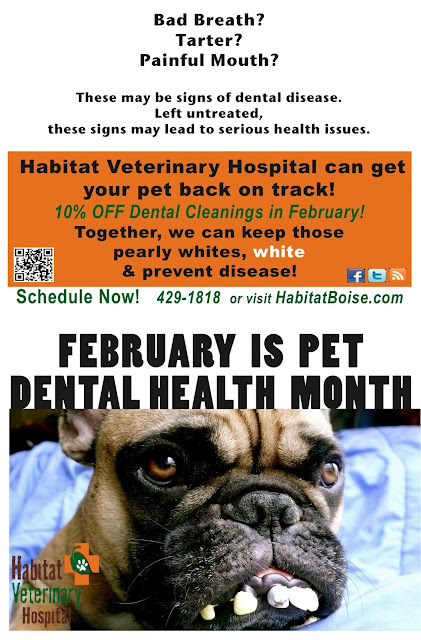Halloween Dangers to Dogs & Cats
The four most common food-related Halloween hazards for pets are chocolate, candy overindulgence, raisins and candy wrappers.
Is chocolate poisonous to dogs?
Of all candy, chocolate is one of the most toxic to pets. Over the past year, more than 1,100 calls to Pet Poison Helpline involved exposure to chocolate and 98 percent of them involved dogs. Many dogs are inherently attracted to the smell and taste of chocolate, making it a significant threat. In general, the darker and more bitter the chocolate, the more poisonous it is. The chemicals in chocolate that are dangerous to pets, methylxanthines, are similar to caffeine and more heavily concentrated in the darker varieties. In fact, a 50-pound dog can be sickened by ingesting only one ounce of Baker’s chocolate! On the other hand, it may take up to eight ounces, (half a pound) of milk chocolate to cause poisoning in that same sized dog. White chocolate contains very low amounts of methylxanthine and rarely causes poisoning. To avoid issues, keep Halloween candy well out of the reach of pets at all times. If you think your pet may have ingested chocolate, symptoms to watch for include vomiting, diarrhea, lethargy, agitation, increased thirst, an elevated heart rate, and in severe cases, seizures.
Candy overindulgence:
Pets are indiscriminate when it comes to eating tasty treats and can gorge themselves on snacks and food meant for humans. Large ingestions of sugary, high-fat candy can lead to pancreatitis in pets. Potentially fatal, pancreatitis is inflammation of the pancreas and very painful. It may not show up for two to four days after the pet ingests the candy. Symptoms include decreased appetite, vomiting, diarrhea, lethargy, abdominal pain, and potentially, kidney failure or organ damage.
Candy wrappers:
Generally when pets eat candy, they don’t bother to remove the wrappers. Ingestion of foil and cellophane wrappers can cause a life-threatening bowel obstruction, which if severe, can require surgical intervention to correct. Watch for vomiting, decreased appetite, not defecating, straining to defecate, or lethargy. X-rays may be necessary to diagnose this problem.
Glow sticks and glow jewelry:
Pets, especially cats, love to chew on these items. Over the past year, Pet Poison Helpline received nearly 80 calls concerning pets that punctured glow sticks or glow jewelry, and 70 percent of the calls involved cats. While not usually life-threatening, their contents can cause pain and irritation in the mouth, as well as profuse drooling and foaming at the mouth.
Costumes:
Pets look cute dressed in costumes, but they might not enjoy it as much as their owners. If you dress your pet in a costume, be sure it doesn’t impair his vision, movement or air intake. If the costume contains metallic beads, snaps or other small pieces, be aware that if ingested, some metals (especially zinc and lead) can result in serious poisoning. Also, don’t be tempted to dye or apply coloring to your pet’s fur. Even if the dye is labeled non-toxic to humans, it could still be harmful to pets.
 Candles
Candles
Keep candles out of the reach of curious noses and wagging tails. Sometimes pets don’t realize something is hot until they get burned.
During this Halloween season, help keep your pet safe. If you think your pet has ingested something poisonous, the veterinarians at Pet Poison Helpline suggest that you get help sooner than later. It’s always easier, less expensive, and safer for your pet to be treated earlier, versus when he’s showing severe symptoms. Contact us at (208)429-1818 or Pet Poison Helpline immediately at 1-800-213-6680.
Read the full article and find more information at Pet Poison Helpline.




